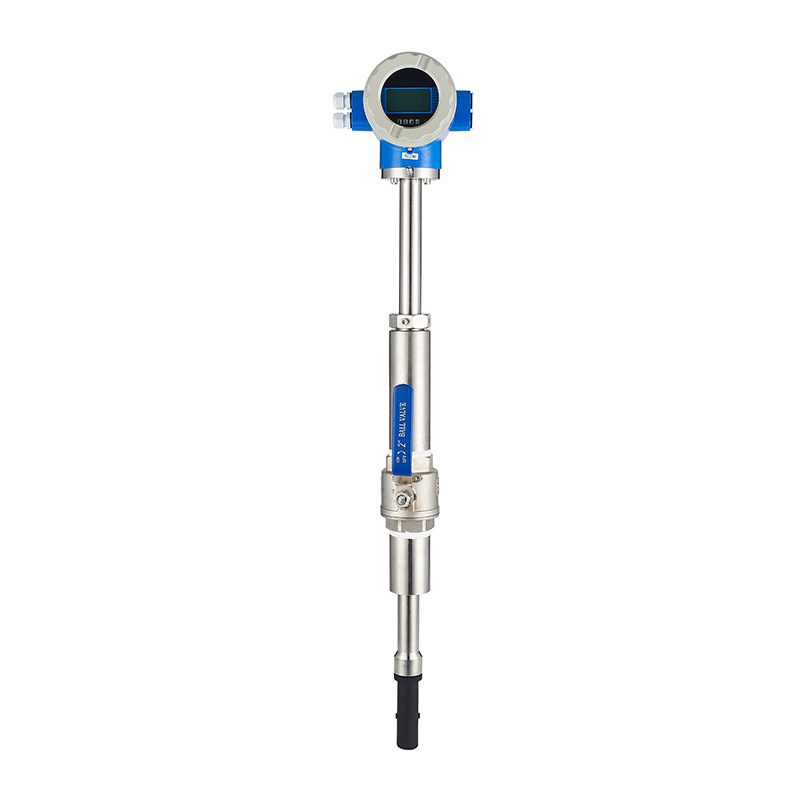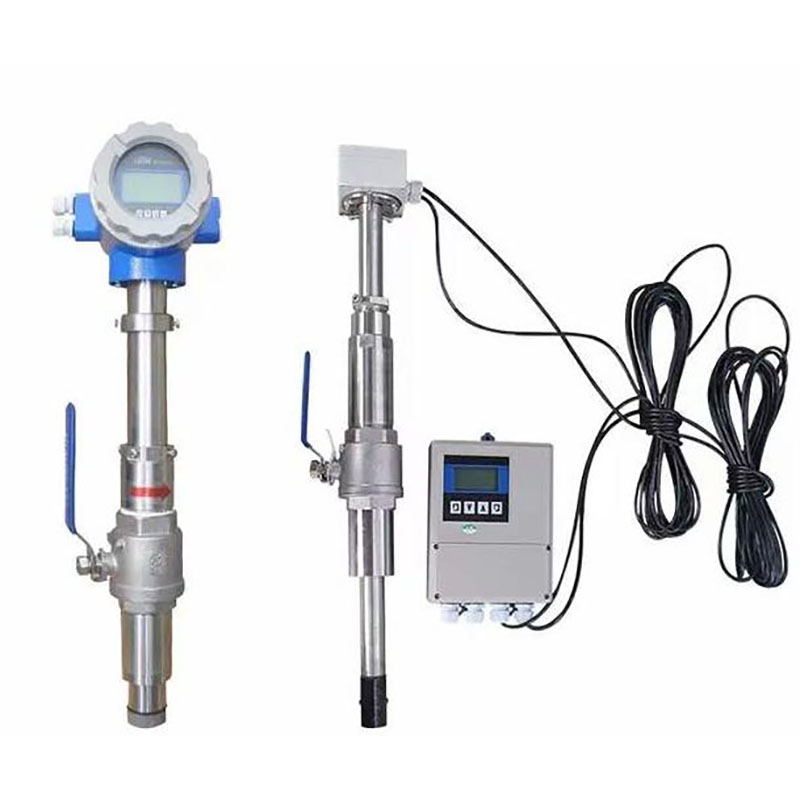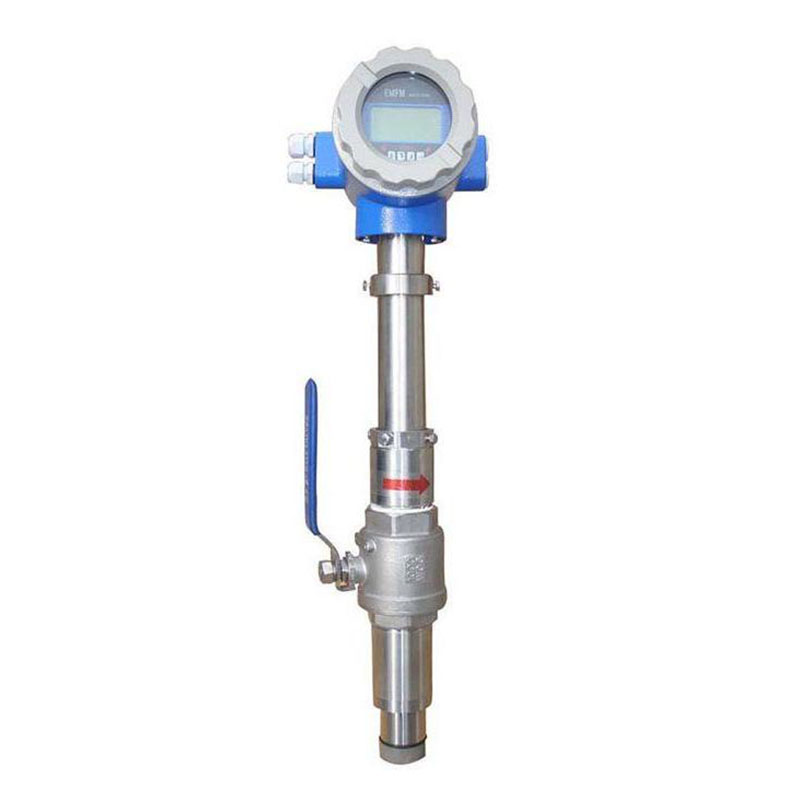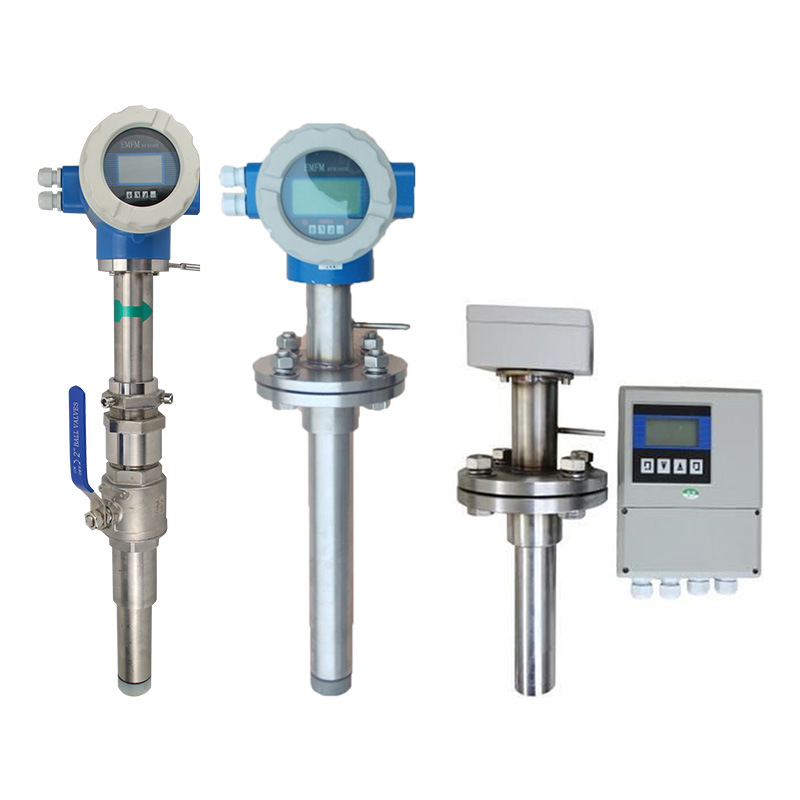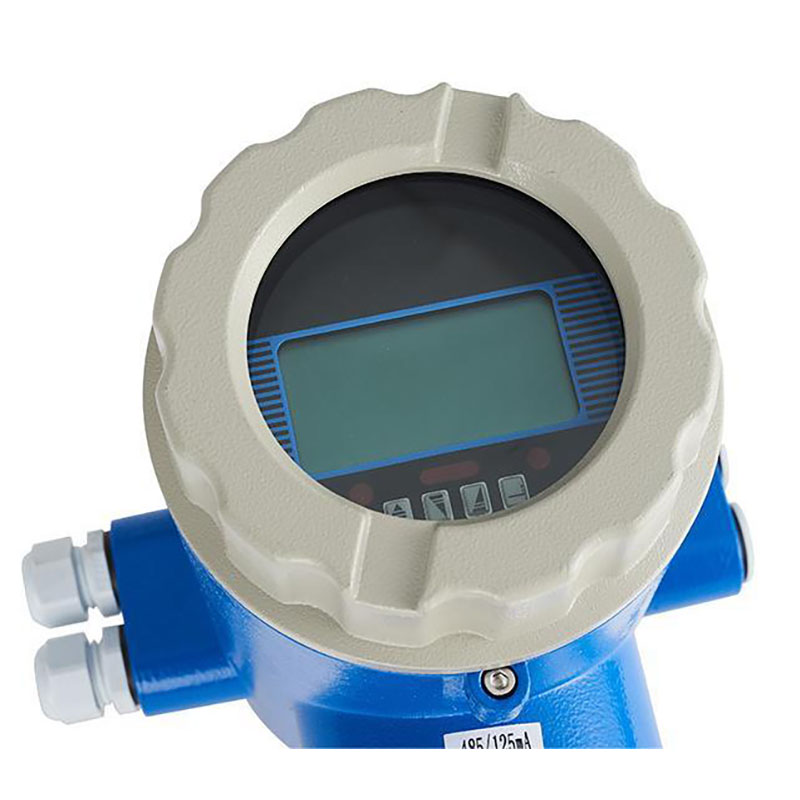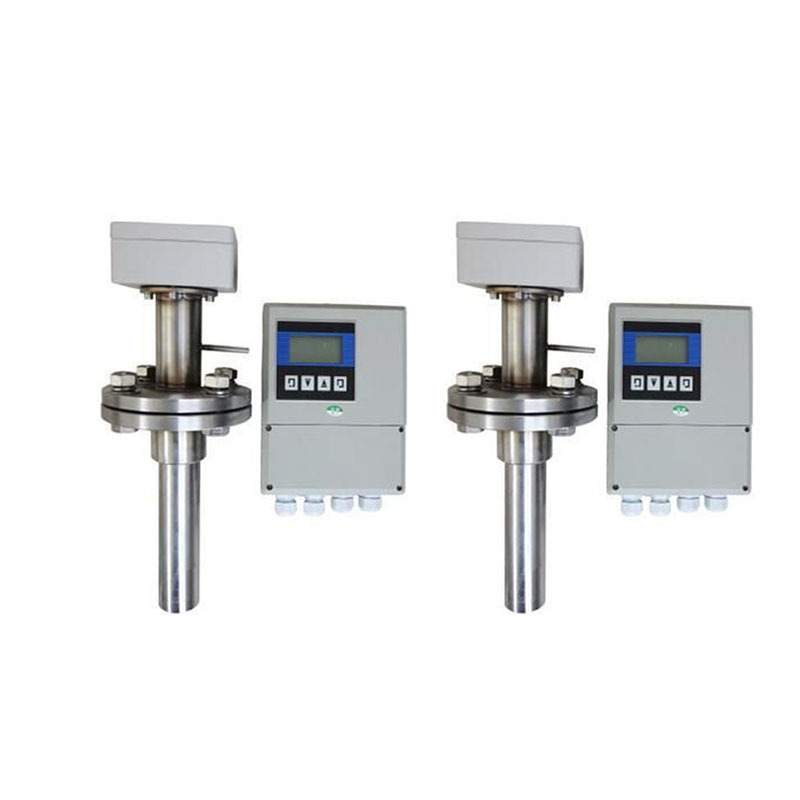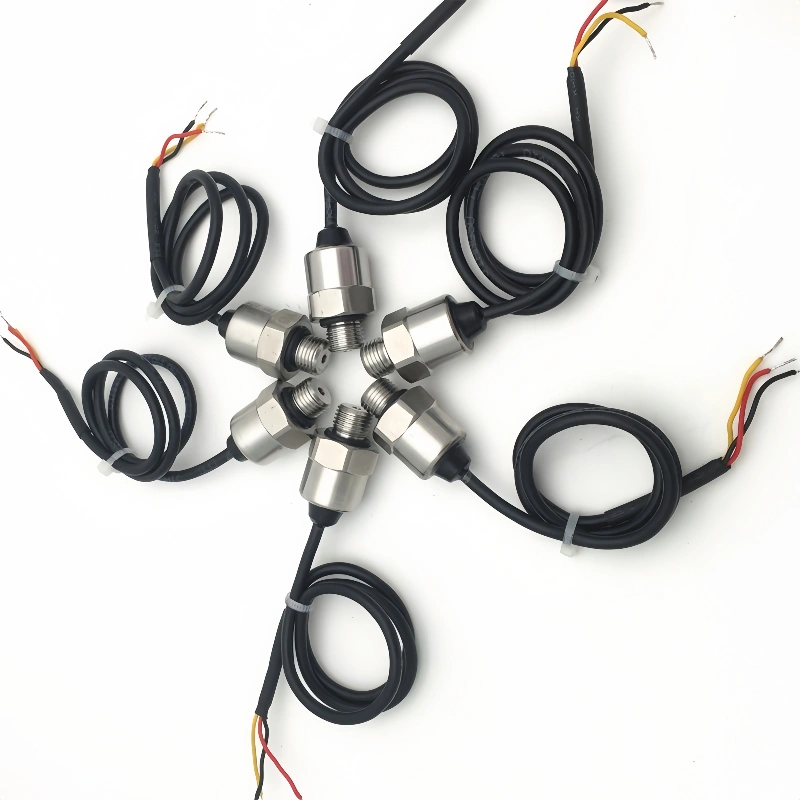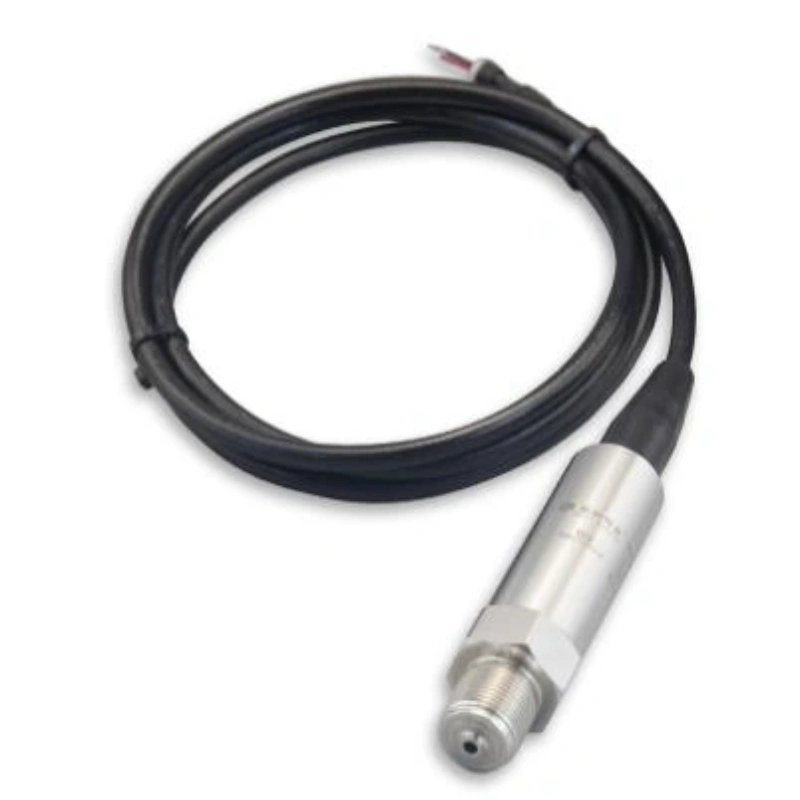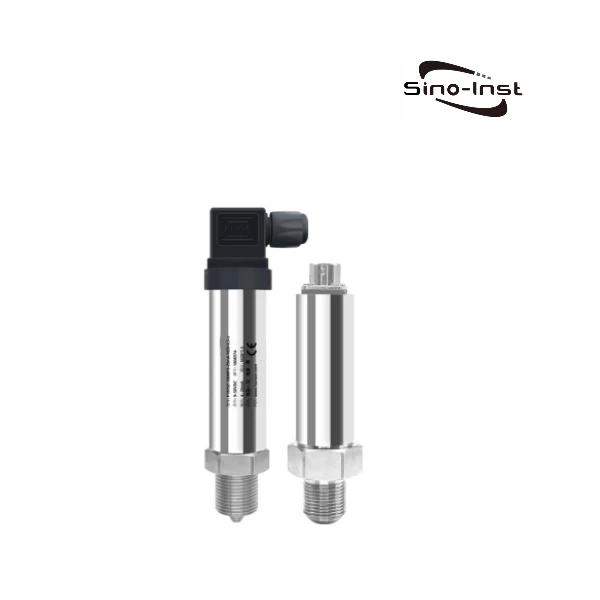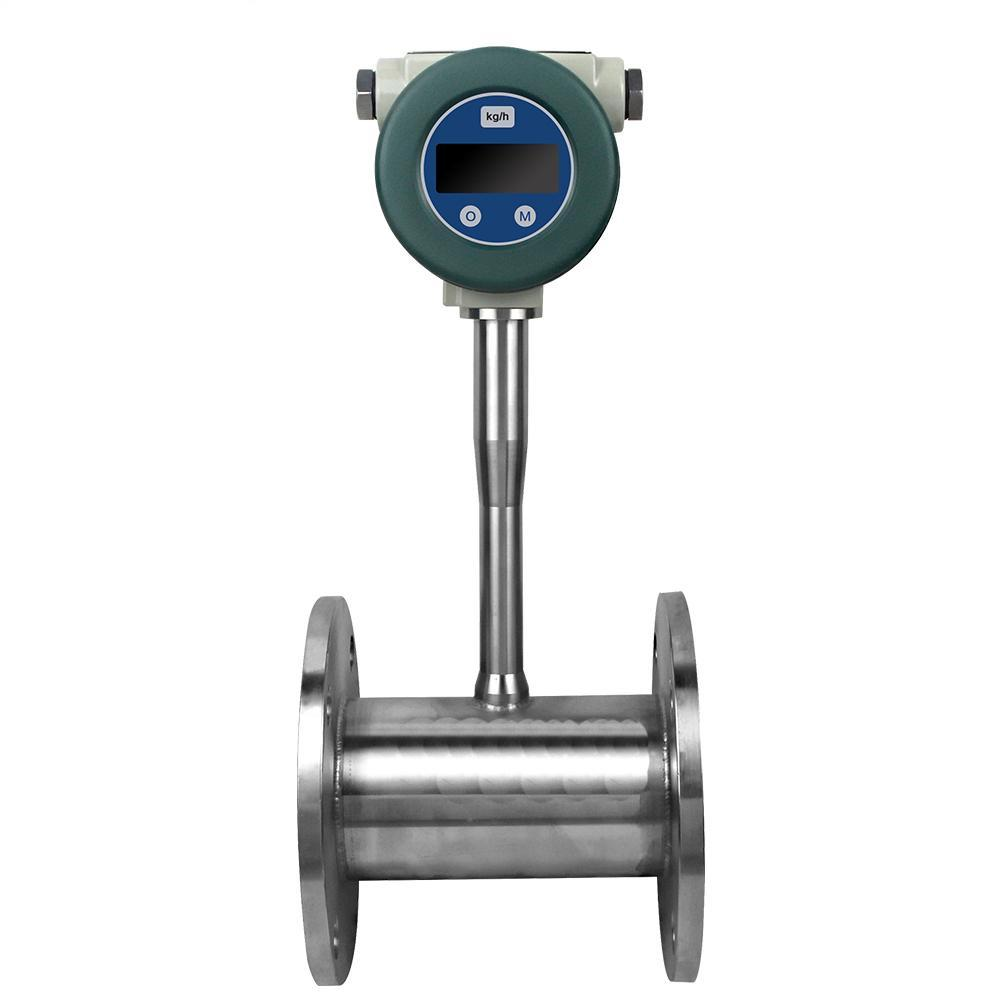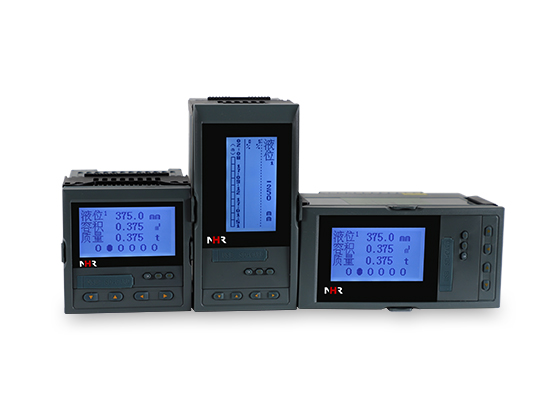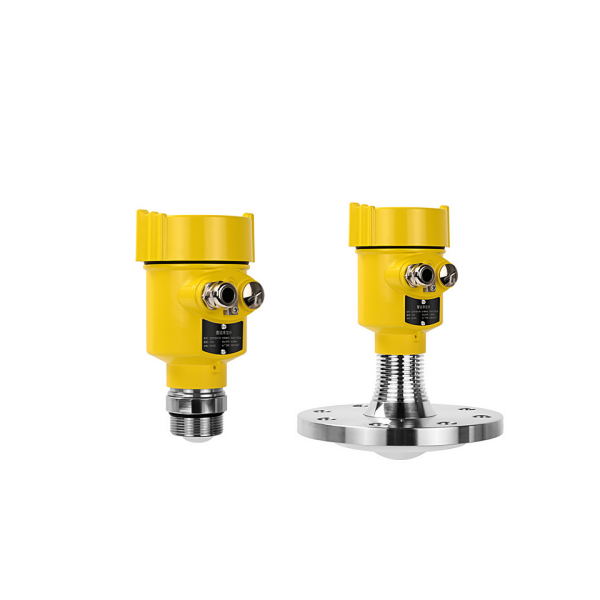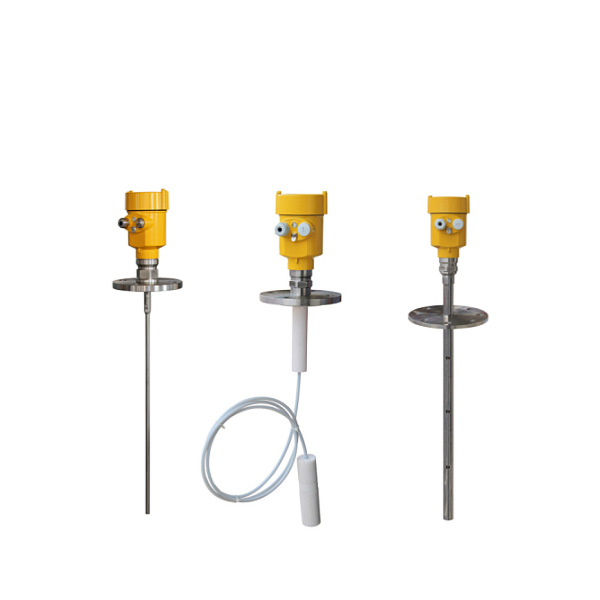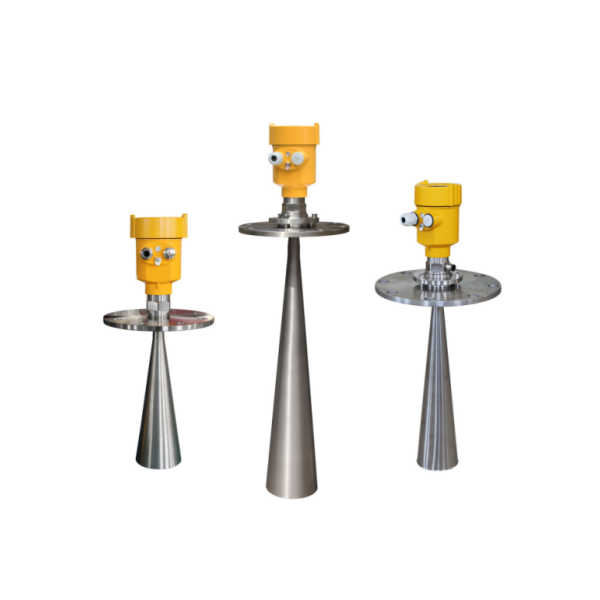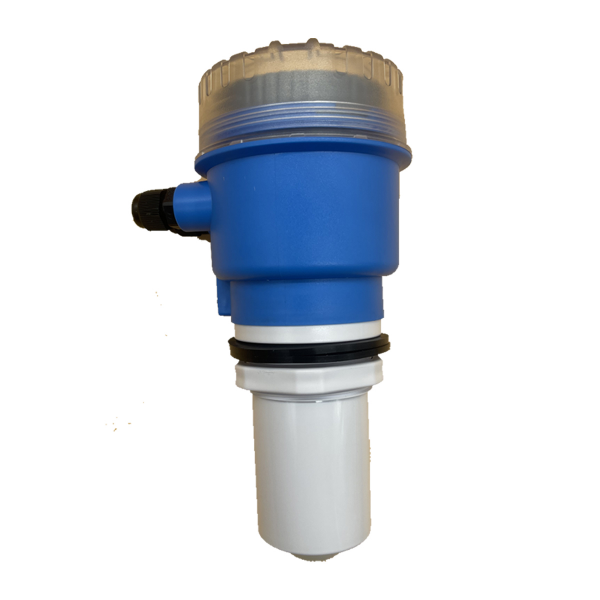Installation Notes:
1. The upstream straight pipe section of the electromagnetic flowmeter is not less than 5D (D: pipe diameter), and the downstream straight pipe section is not less than 3D;
2. In order to ensure the measurement accuracy, the electromagnetic flowmeter must be installed to ensure that the pipe must be completely
filled with medium. The flowmeter should avoid being installed in a location where vacuum, gas, eddy currents, etc. are likely to occur. When the direction, pipe diameter, and valve opening of the fluid change, eddy currents and flow field distortion will occur, which will affect the measurement of the sensor electrode, thereby affecting the measurement of the sensor electrode. Instrument accuracy. Therefore, keep a certain distance away from elbows, hand valves, regulating valves and other components as much as possible;
3. When used in liquids that are prone to sediment, the sensor cannot be installed at the bottom of a horizontal pipe to prevent sediment from covering the electrode;
4. The communication cable between the split electromagnetic flowmeter and the smart transmitter should avoid strong current equipment such as motors;
5. Vertical installation. When the flow meter is inserted into the pipe,the angle between the vertical diameter of the flow meter and the pipe section should be less than 5°. It is suitable for measuring clean media with small pipe vibration;
6. Tilt installation, the angle between the axis of the sensor and the axis of the pipe being measured is 45°, which is suitable for liquid flow measurement of large pipe diameters and the measurement medium contains other impurities. This installation method has small water resistance and is not suitable for entanglement;
7. Remove the mounting nipple from the mounting base of the electromagnetic flowmeter and weld it to the pipe. Clean the welding slag and burrs from the installation base of the pipe under test, insert the flow meter into the hole in the nipple, and tighten it with the nippe
welded to the pipe to prevent leakage. Insert the sensor insertion rod into the pipe under test through the nipple. At the same time, it should be noted that the sensor direction mark rod should point in the same direction as the fluid flow.
What are the advantages of insertion type electromagnetic flowmeter compared with pipe type?
In addition to the advantages of general pipeline electromagnetic flowmeters, the insertion electromagnetic flowmeter also has its own advantages. For example: smaller size, lighter weight, easier to install and use, and lower production and installation costs. Therefore, if the pipe diameter is larger, the plug-in connection is the best choice.
How to choose the insertion depth of insertion electromagnetic flowmeter?
The specific insertion depth needs to be determined according to the diameter of the instrument. Taking DN400 as the dividing point, insert 1/2 below and 1/4 above.

